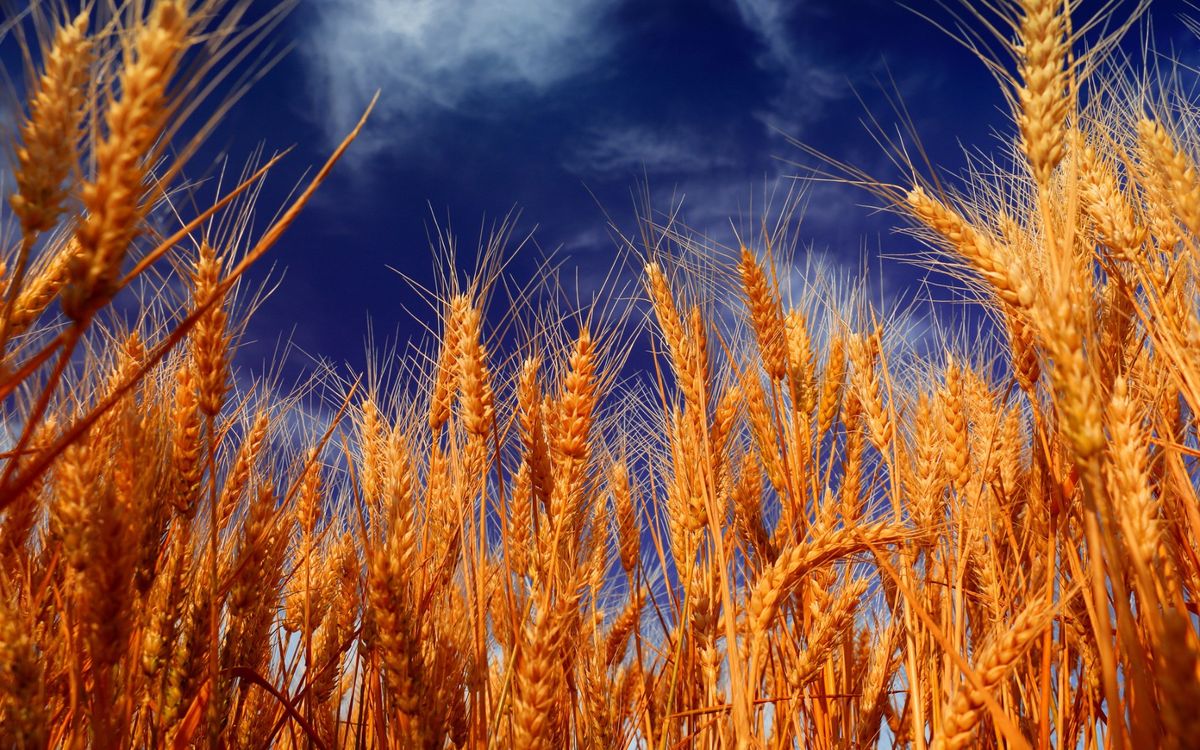Precipitation in the US and the EU, heat in Brazil and improved weather in Argentina will affect grain markets next week

Heavy rains in the Midwest and the Central and Southern Plains of the United States delayed sowing, but improved moisture reserves and crop condition amid low temperatures. In the South-West, the condition of wheat crops is improving, but in some regions, even after the recent rains, there is a moisture deficit. Next week, periodic rains and normal temperatures will contribute to the sowing and development of crops.
In the prairies of Canada this week, it rained, which replenished moisture reserves, although it delayed sowing. But in some areas of Alberta and western Saskatchewan, dry conditions remained. Next week, the amount of precipitation will decrease, which will accelerate sowing.
In the southern state of Brazil, Rio Grande do Sul, heavy rains led to flooding and delayed the harvest of soybeans, so 1-2 million tons of the crop may be lost. Next week the rains will continue and slow down the harvest and sowing of winter wheat. In the Central regions of the corn crop of the second crop remain under the influence of dry and hot weather, although in some areas will be raining.
In Argentina, the reduction in rainfall has accelerated the harvesting of soybeans, but the harvesting of corn is delayed due to high moisture content of the grain. Next week the frost will reduce the humidity, which will speed up the harvest.
In the North and West of Europe the other day will be rains, which next week will spread to the Eastern and southern regions. Excessive humidity remains in France and the UK. Analysts estimate the damage caused to rapeseed crops by recent frosts in northern Poland and Germany, which have already led to speculative growth of stock prices.
In the Black Sea region, dry weather remains in most wheat-growing areas, which may turn into drought, although it is favorable for sunflower and corn planting. Next week the region will see rains, and in the northern regions there may be frosts. In general, the cool weather retains moisture and promotes the development of crops, but after the completion of sowing, the soil needs more precipitation.
In the East of Australia will be short-term rains, favorable for winter wheat and canola. The weather was favorable for sowing, with the exception of New South Wales. In the coming months, El Niño will be replaced by La Niña, which will bring more precipitation.
Read also
Wheat in Southern Brazil Impacted by Dry Weather and Frosts
Oilseed Industry. Leaders and Strategies in the Times of a Great Change
Black Sea & Danube Region: Oilseed and Vegoil Markets Within Ongoing Transfor...
Serbia. The drought will cause extremely high losses for farmers this year
2023/24 Safrinha Corn in Brazil 91% Harvested
Write to us
Our manager will contact you soon



